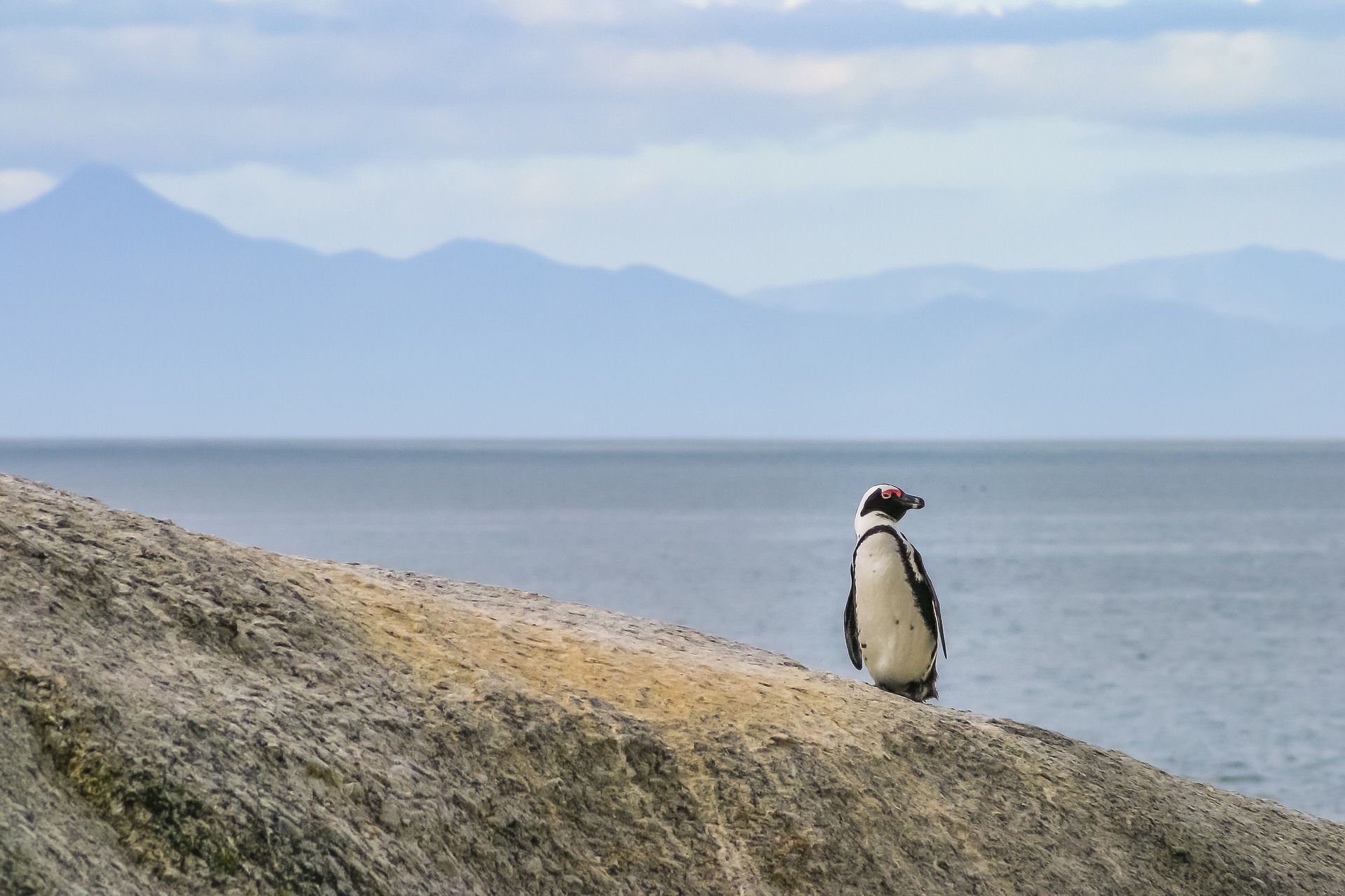South Africa’s 3000 km coastline glisten with hundreds of beautiful beaches, scattered along the entire roundabout path it takes from the border with Namibia in the west, to the border with Mozambique in the east. Many of these beaches fulfil the criteria for some of the world’s best, and have been awarded prestigious Blue Flag status as a result.
Established in 1987, Blue Flag is an international award given to beaches that meet a standard of excellence in the areas of safety, amenities, cleanliness, environmental information and environmental management.

The programme now covers around 4 300 beaches, boats and marinas in more than 40 countries around the world, and South Africa was the very first country outside Europe to be granted Blue Flag accreditation. In 2001, Grotto Beach in Hermanus and Humewood Beach in Port Elizabeth became the country’s Blue Flag pioneers. A total of 45 South African beaches proudly wave the Blue Flag today, more than any other non-European country, with more being added every year. Current holders include the glittering Camp’s Bay and Clifton 4th beaches in Cape Town, and spectacularly unspoilt and uncrowded sites such as Nature’s Valley on the Garden Route.
The award goes far beyond the common perception that a Blue Flag beach is simply a beautiful beach. Having been developed by European organisation the Foundation for Environmental Education (FEE), the core of Blue Flag’s existence lies in conservation. The Blue Flag was originally a symbol of an environmental initiative in which French schoolchildren were invited to put messages into plastic bottles with the name of their nearest beach. These were dropped into the sea by the French military, with the idea that the bottles would drift back to shore and land at different points along the coast, thereby highlighting the problem of dumping litter into the world’s oceans.
The programme in South Africa is managed by the Wildlife and Environmental Society of South Africa (WESSA), with the help of participating coastal municipalities under the Department of Environmental Affairs’ Coastcare initiative. The campaign represents a serious and profound commitment to both people and the environment, with a central aim of connecting the public with their surroundings and encouraging them to learn more about their coastal environment. Environmental activities around the beach must be offered and promoted, along with permanent information displays relevant to the site in terms of biodiversity, ecosystems and environmental phenomena. Applicants are stringently reviewed twice a year by an international jury comprising representatives from some of the pre-eminent environmental organisations in the world, ensuring that sites awarded show the same level of excellence worldwide.
In South Africa, the Blue Flag season runs for the entire year from 1 November to 31 October, for beaches from East London northwards. In colder waters, the season varies from only four weeks (at Silwerstroomstrand Beach on the West Coast, for example) during the peak summer holidays, up to six months. The Blue Flag must be flown throughout the season to indicate participation and compliance.
When you see the Blue Flag flying at any of the beaches you may be visiting this summer, give some thought to the importance behind the flag, and play your part in preserving the world-class status of these precious coastal gems.
*This article was written by a TWNA journalist, Dale Hes for The Traveller Magazine.
3000 km coastline, impressive :)
Downvoting a post can decrease pending rewards and make it less visible. Common reasons:
Submit
Sunny South Africa indeed lol!
Downvoting a post can decrease pending rewards and make it less visible. Common reasons:
Submit